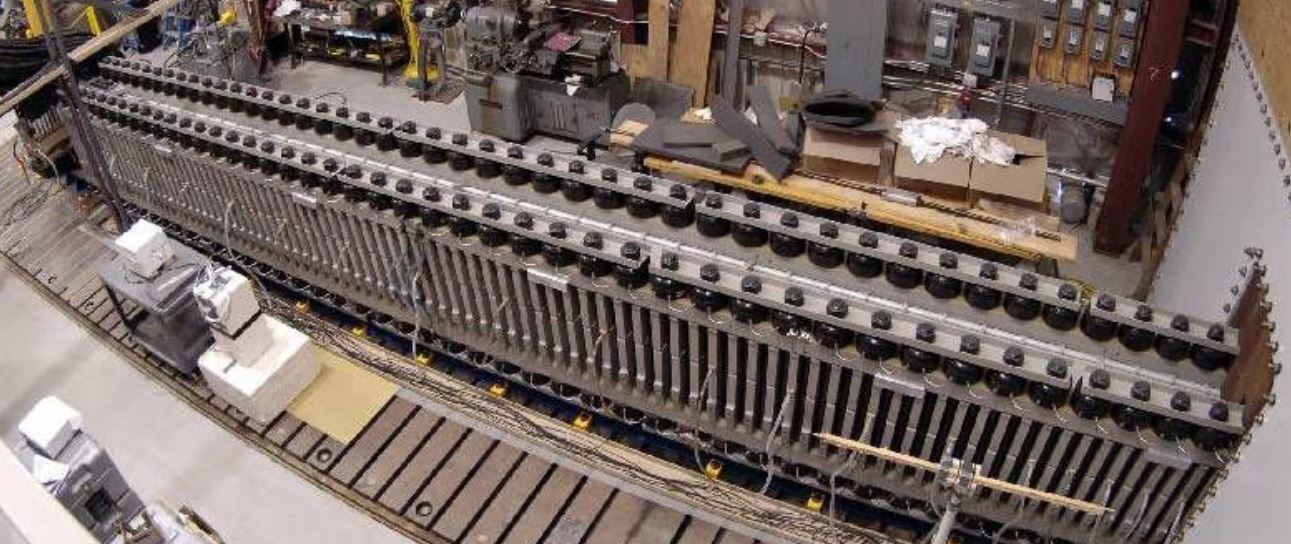
February 6th, 2018, Elon Musk demonstrated that launching objects into orbit had become a mundane commercial activity. To make it interesting, the object he put in orbit was a Tesla Roadster that has since traveled over a million miles and made four laps around the sun. Where is the Roadster now?
Much has to be done before travel to Mars becomes a mundane commercial activity. Astronauts haven’t traveled to Mars yet, but we certainly could accomplish that. Four months ago, a Russian cosmonaut set a record with 878 days in space. You may not have heard about that because travel to the ISS is routine. That’s plenty of time to get to Mars. The ISS is in low Earth orbit, so gets some protection from cosmic rays due to Earth’s magnetic field. Going to Mars would require more substantial shielding, but it could be done.
We could get a live astronaut to Mars, but there would be no return trip.
To travel beyond the Moon, we need a base on the Moon. Launching from Earth, tremendous energy is needed to get a rocket to the 25,000 mph required to escape Earth’s gravity. Once in space, a rocket will coast along without needing additional thrust to maintain it’s speed.
Launching from the Moon, escape velocity is only 3000 mph.
A rocket launched from Earth or the Moon, could orbit the Moon to for a long time without expending any more energy. If the rocket could be refueled or resupplied while orbiting the Moon, the mass of the payload isn’t a big consideration and there is plenty of fuel to get to Mars.
That’s where the railgun comes in. Because there is no atmosphere on the Moon, supplies could be launched from the ground into orbit on a ballistic trajectory. The logical approach would be to put a gas station in orbit around the Moon. Slugs of ice or other components could be fired at the refueling satellite. The satellite would process the components into rocket fuel. An outbound rocket with dock with the gas station to top off the tanks.
Once we get good at that, aluminum or tungsten slugs could be fired into orbit and used to build more elaborate structures or spacecraft.
Don’t take the railgun article as definitive. The government tends to glamorize space travel for marketing purposes. We haven’t had a man on the Moon in fifty years because nobody else was trying to get there. Now the China wants to get to the Moon, we are interested again.

Railguns have drawbacks. Notice the two lines of bolts holding the rails together. When fired, there is a large force attempting to separate the rails. A less powerful railgun would have more manageable forces. If the railgun projectile accelerates at 1000 times Earth gravity, the gun would need to be 1500 meters long. Other types of launchers should be investigated.
For that task, a modern electromagnetic launcher is a superior choice, Peterkin said, because it can use abundant solar energy as a prime energy source instead of importing chemical rocket fuel from Earth.
Some type of electrical launcher is preferable, but the article implies that solar panels will supply the energy. It’s not clear how long solar panels would survive on the Moon. Nuclear power will be required to provide sufficient energy for a lunar base.
All of these problems are solvable with current technology. SpaceX can get a 100 tons of cargo to the Moon in one launch. The Moon has abundant aluminum and tungsten, so shipping the tools to mine and fabricate using lunar materials, makes the project manageable.
By the end of this decade, we should see the start of a Moon base.